
Visiting the Tehran of the Mid-Twentieth Century
“Love and War in the Jewish Quarter” leaves behind Tehran as we see it every night on CNN and carries us back to the place as it existed during the Second World War.
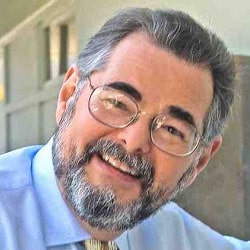

“Love and War in the Jewish Quarter” leaves behind Tehran as we see it every night on CNN and carries us back to the place as it existed during the Second World War.
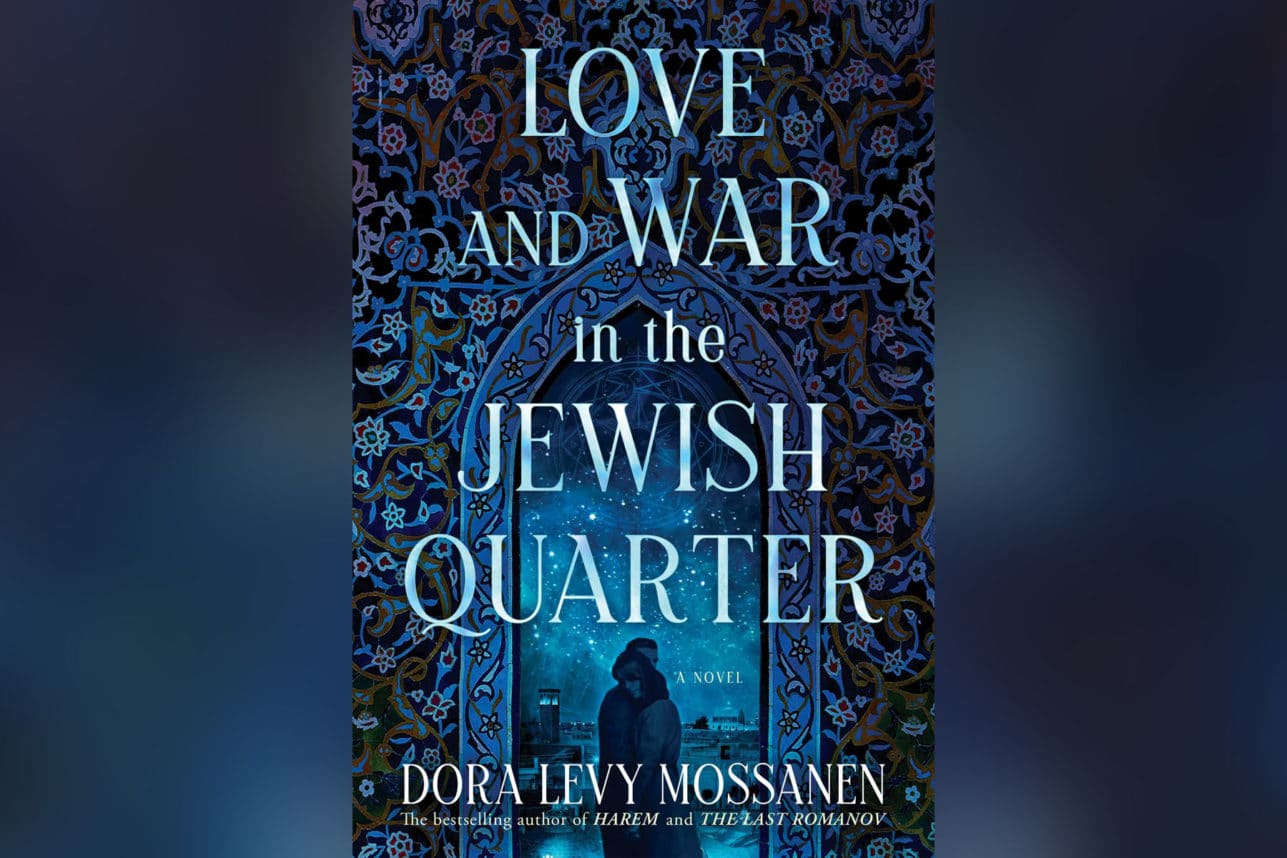

Stavrakopoulou insists on taking the authors of the Bible at their word when they depict God as possessing a human form.
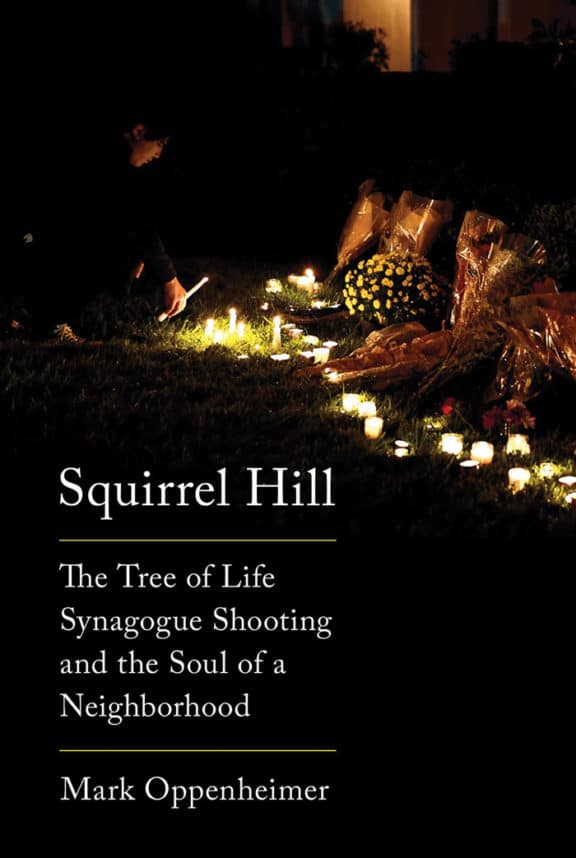
“Squirrel Hill: The Tree of Life Synagogue Shooting and the Soul of a Neighborhood” by Mark Oppenheimer (Knopf) is a rich and important effort to write that day into history by showing us in vivid detail what the Jewish community endured and survived on that day.

As we find out in his new book, “The Will to See: Dispatches From a World of Misery and Hope”, Lévy has put himself in harm’s way in the dangerous and troubled places that he writes about, including Afghanistan, Iraq, Libya, Syria and Ukraine.
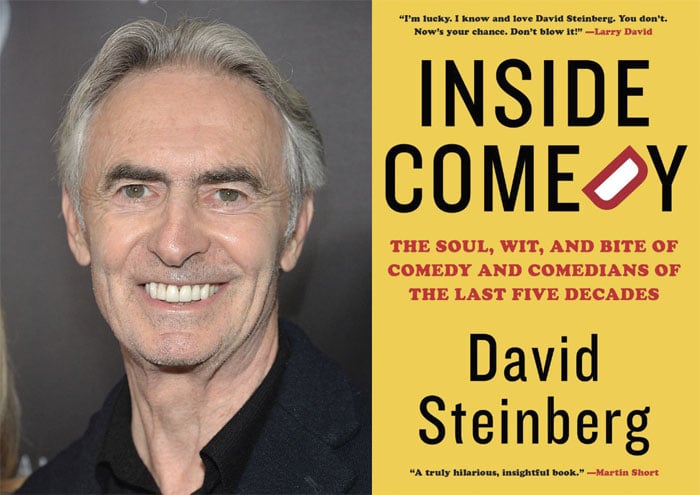
“Inside Comedy” comes at a fraught moment in American comedy, but Steinberg helps us put the latest hot topic – Dave Chappelle’s “The Closer” – into its historical context.
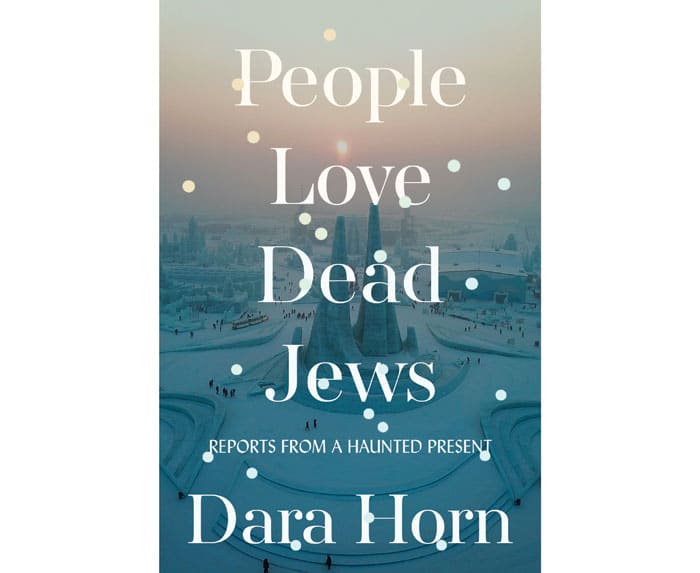
Horn refers to the phenomenon that she describes and debunks so powerfully in “People Love Dead Jews” as “gas-lighting about the Jewish historical past and present,” and she insists on telling the truth.

Persoff charts his metamorphosis from a greenhorn into an American — and from an aspiring engineer into an accomplished actor—with the evocative scene-setting and story-telling that fleshes out the saga of the Jewish immigrant experience in America.

“After: The Obligation of Beauty” by Mindy Weisel is a testament to the artist’s lifelong struggle to make sense of the Shoah and, especially, the ordeal that her parents survived in Auschwitz and Bergen-Belsen.
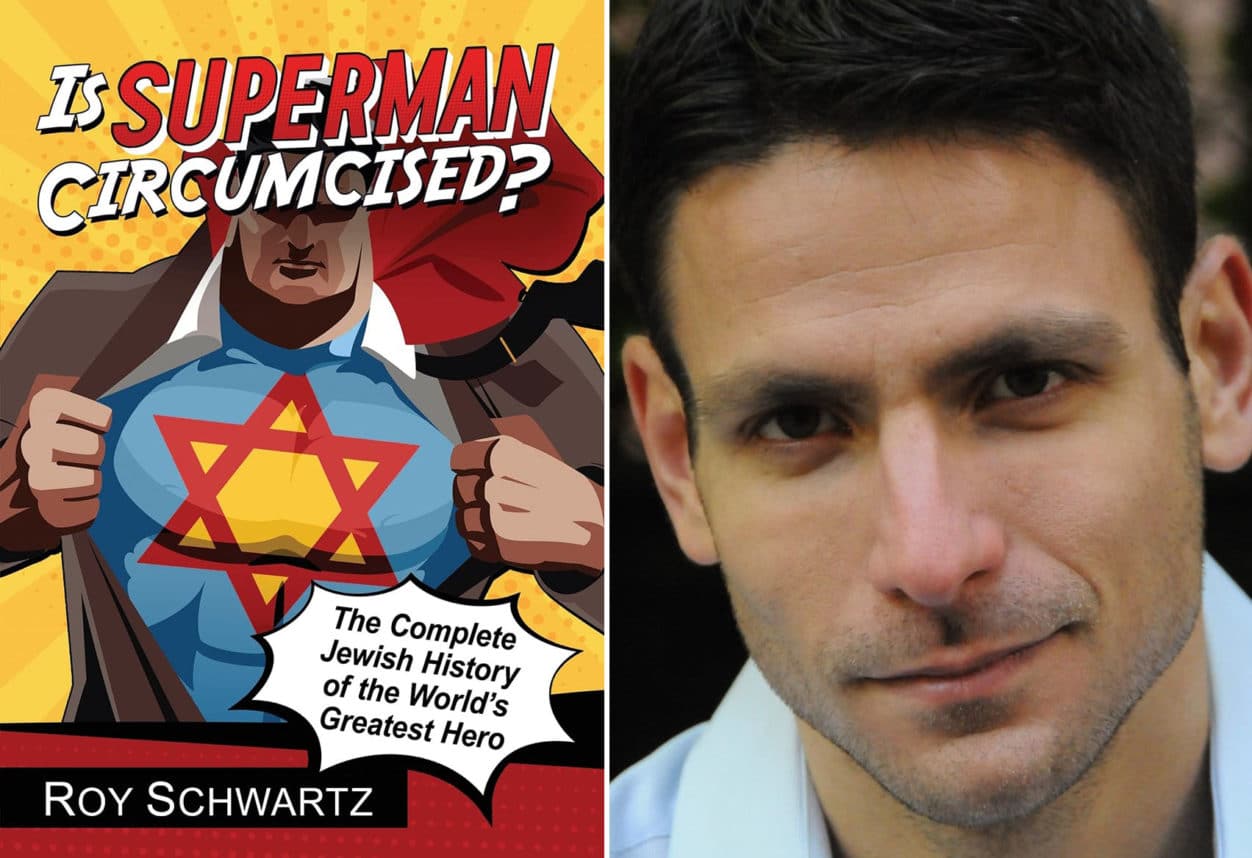
The key to understanding Superman is to think of him as Jewish.
 More news and opinions than at a Shabbat dinner, right in your inbox.
More news and opinions than at a Shabbat dinner, right in your inbox.